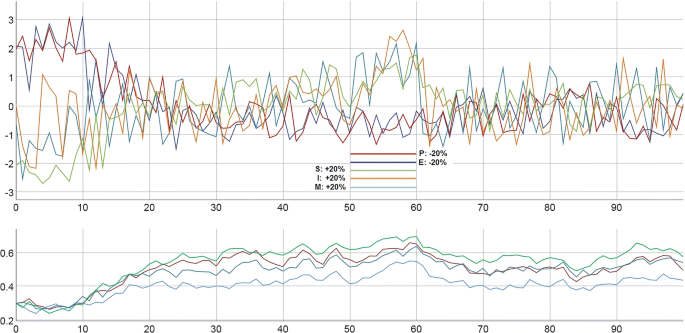Do research with us – scientific findings in psychotherapy research.
User management
| Login |
| This link will take you to to the simulation tool. |
| If you are already registered/logged in to PsySim, you are registered/logged in for Crowd Computing too! If you are not registered, please register here. You are already registered and logged in? Here you can change your user data. ed-hrvatski.com |
What is crowd computing …?
Help us find new science in psychotherapy research …
Please read our Privacy Policy.
We are looking for evidence and illustrations for our hypotheses on the applicability of Synergetic Theory in psychotherapy by using our simulation tool.
If you find an interesting result while using our simulation tool, you can send it to us by mail as a registered user. Maybe the result contains important information for our research work. You would then have made a valuable contribution!
To send the result, use the report function. This is only active if you are logged in as a user.
After sending the report, the simulation tool sends on the one hand all the data on which the calculation of the simulation run is based. On the other hand, the result of the simulation run is also sent. This is especially necessary in case of activation of noise functions in the simulation. Because the course calculated in this way is NO LONGER REPRODUCIBLE due to the random noise signal !!! But even if the noise function is switched off, the stored result is very important – it serves the quality assurance of the system.
Additionally a report file is stored on our server. A link to it is in the e-mail. This is sent not only to our employees, but also to you. All recipients of your e-mail can now open the simulation tool in the standard browser of their Windows system via an additional link contained in the e-mail, transfer the settings AND the result of the documented simulation run into the simulation tool.
Thus, the simulation run including the result can be retrieved very quickly. We also use this function in our scientific publications to make the simulation results described therein directly available.
An example for this method is the following publication:
Schöller H, Viol K, Aichhorn W, Hütt MT, Schiepek G. Personality development in psychotherapy: a synergetic model of state-trait dynamics. Cogn Neurodyn. 2018;12:441–459. doi: 10.1007/s11571-018-9488-y. – DOI – PMC – PubMed
at Springer:

In this article, the legend concerning the above figure 5 contains the link: SIM-5
Übrigens:
By the way:
To open the simulation in a browser other than the default browser, the opening link can be copied to the clipboard and pasted into the address bar of the desired browser. Please note that our software is only tested for the current Firefox versions.